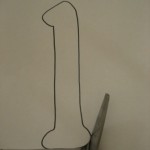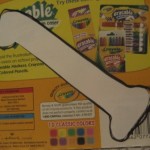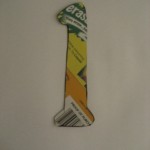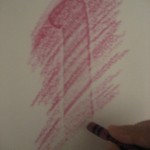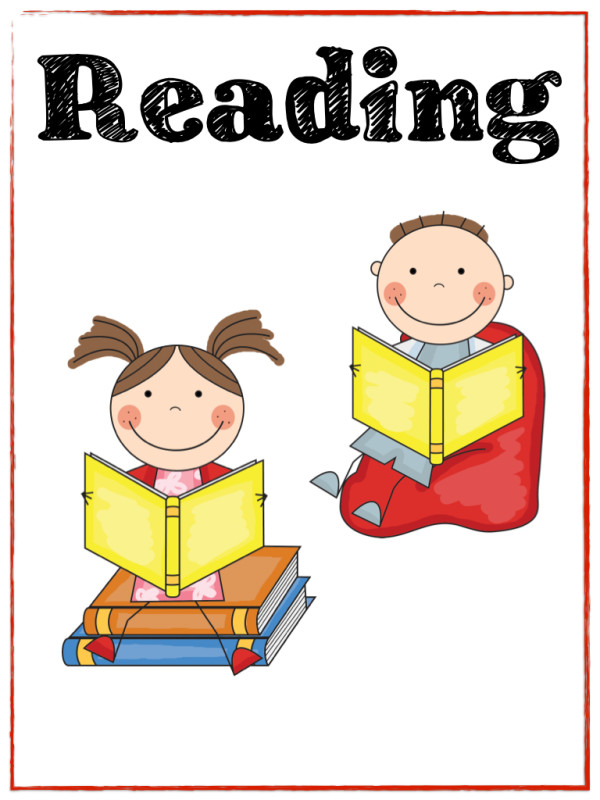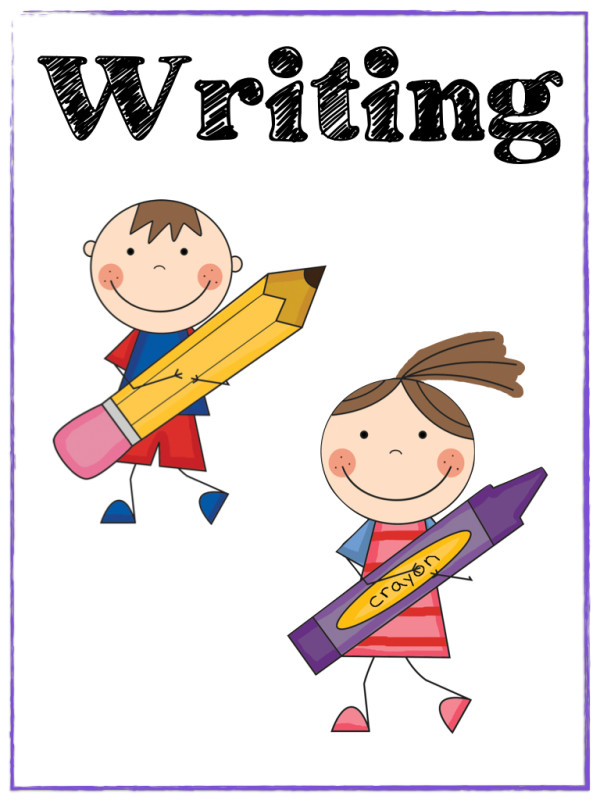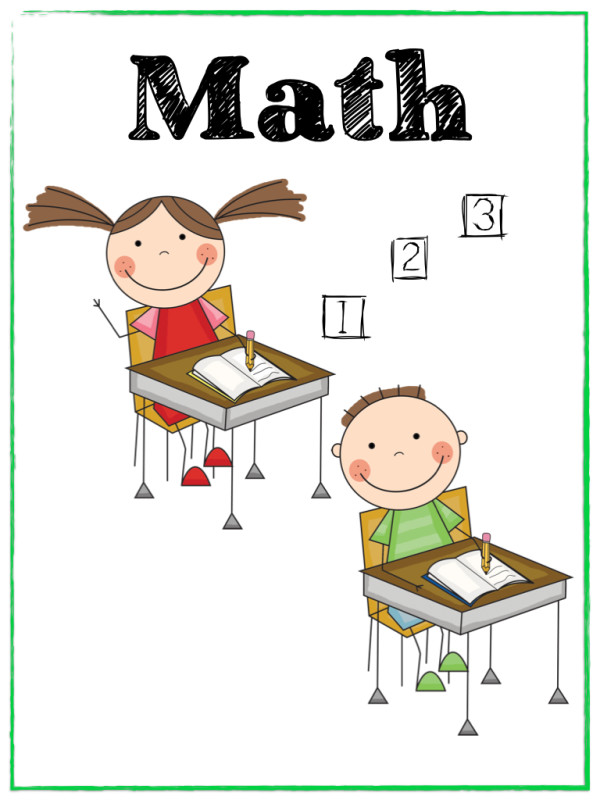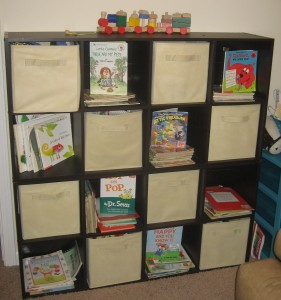Simplicity is underestimated…but today, i have some simple math measures for you to take.
When it comes to numbers, you want your child to store away those number images in their minds; you want him/her to visualize the numbers when they are counting and not just saying the number words when counting. One of the simplest ways to help him/her in this process is to read counting books to your child. Ask him/her questions about the number…”What does this number look like?” -number one a fishing pole, number two has a candy cane in it, etc. These associations help your child to recall the number by visualizing it in many ways.
Another way kids store things into their memory for easy recall is HANDS-ON learning. This is probably the most advocated form of teaching young children, and for good reason.
So, one way you can create a hands-on activity using things around your house is to make a word document of numbers. Blow them up to whatever size you like (I chose 500 of the font “Color Font”). Then print, cut out, and trace onto a thick paper type (I chose a marker box because it was what was in front of me at the moment), but you could also use: cardstock, a file folder, sandpaper—great for texture, or something that you would recycle like a cereal box. Cut the number out, put a piece of paper over it, and then let your child color over the number until it appears.
Children also need to learn to visualize a number amount for each number, but I will talk more about this in my next math post, and of course, provide an activity 🙂
As always, HAVE FUN!


